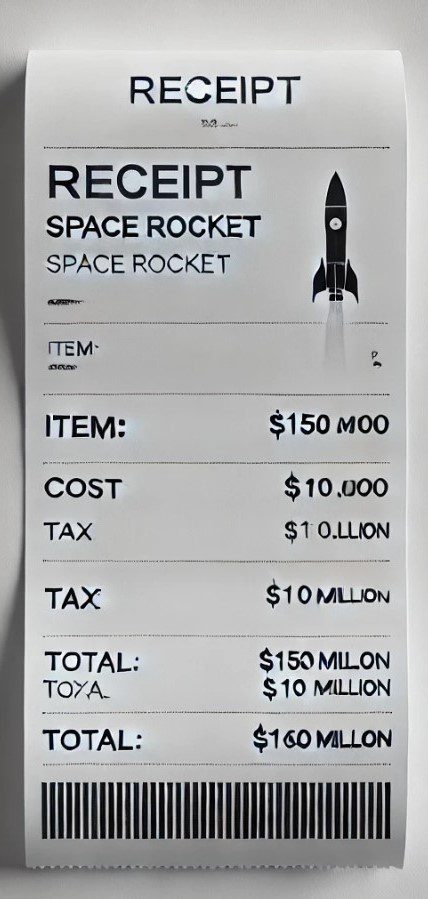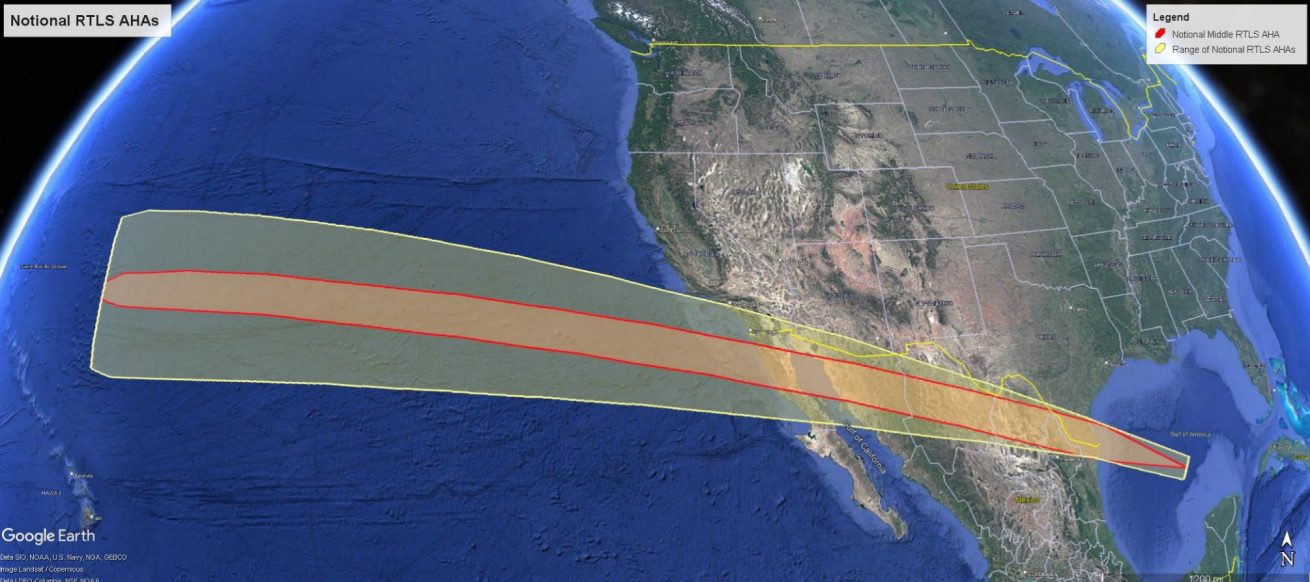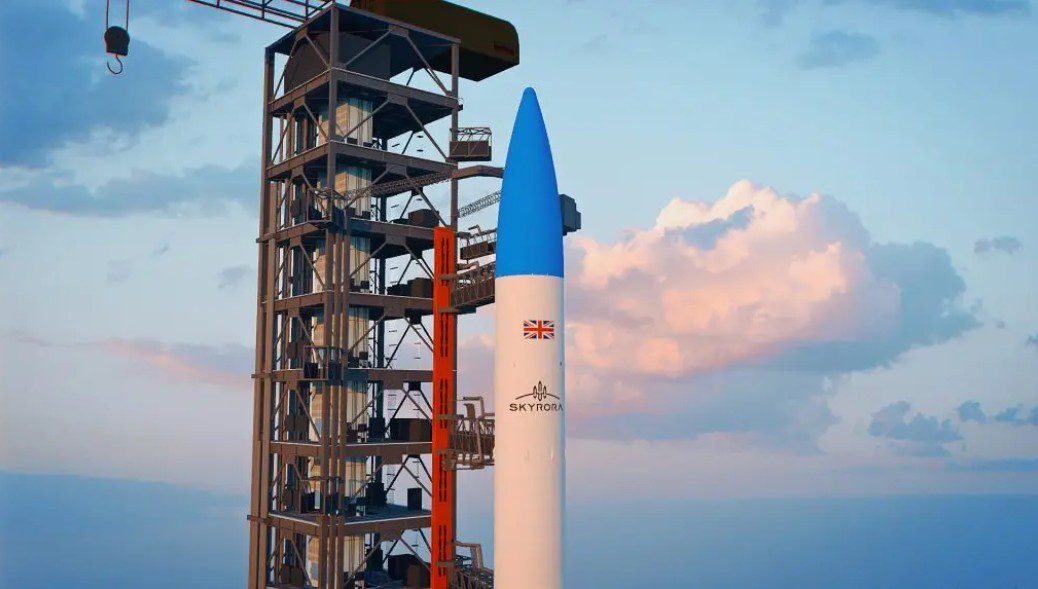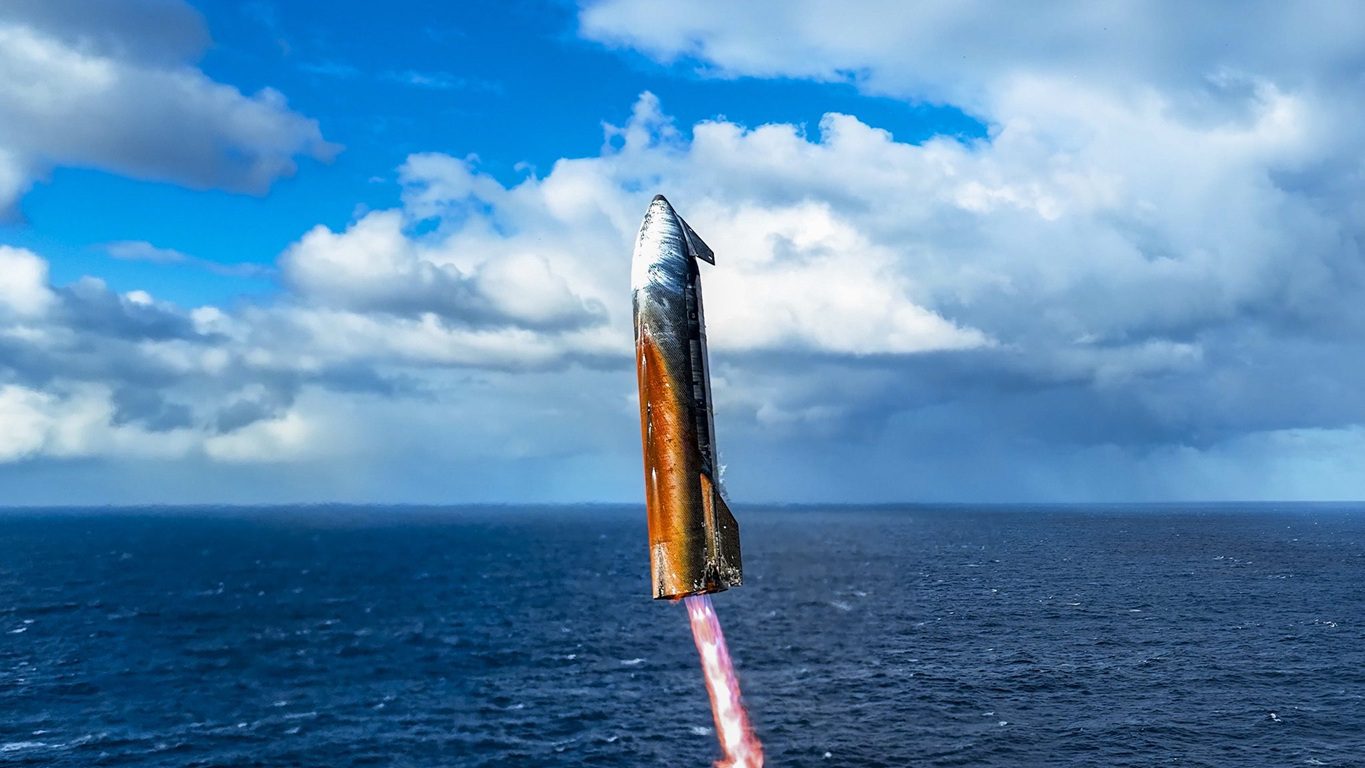The European Space Agency finally called time on its Venus Express mission. Normal contact with the spacecraft has been lost since late November. While some telemetry data has been recovered, the spacecraft is in a spin after its fuel ran out during orbit raising operations. The spacecraft easily exceeded its two year design life around Venus and will now be left to burn up in the planet’s atmosphere. Venus Express was built by Airbus Defence and Space’ forerunner, Astrium, and was launched in 2005. It arrived at Venus in 2006 to carry out its subsequent eight-year mission around the planet. Towards the end of its life the probe even performed some aero-braking experiments design to change the orbit by dipping in and out of the planet Venus’ atmosphere.
Airbus DS and Inmarsat has also been celebrating the retirement of Inmarsat IIF-2 after 23.5 years in service. It took the record from its sister commercial communications spacecraft Inmarsat IIF-1 which lasted 21.5 years.
Meantime, it was revealed that the Galileo FOC-1 spacecraft had used 11 thruster firings to raise itself by 3,500km into a partially operational orbit following its launch stranding. Galileo FOC-1 was built by Airbus subsidiary SSTL under a main contract with OHB System. There are hopes that Galileo FOC-2 may similarly be able to de-strand itself.








